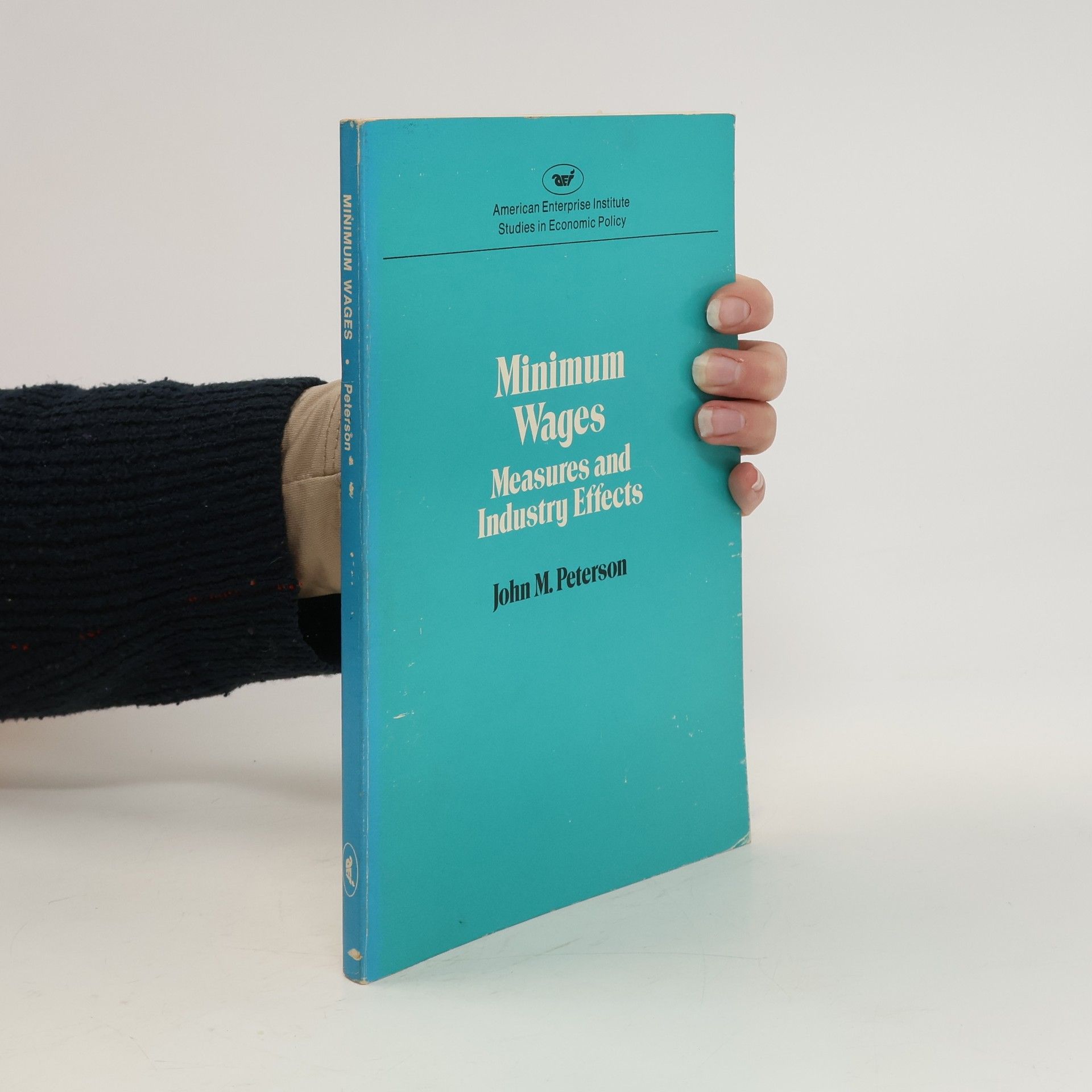Minimum Measures and Industry Effects by John M. Peterson deals with the adverse effects of minimum wages on employment by industry. By means of an improved measure, the author shows greater adverse effects than have been indicated by previous studies. According to this study, the conventional measure of the minimum wage is distorted by a feedback of effects and leads to underestimation of elasticity, the economist's measure of disemployment effects. The author proposes a new measure, the relative minimum-wage impact. While most recent studies have focused on effects on different types of workers, this study presents empirical evidence on the effects on industries, showing that the new measure works better than the old one. With the modest minimum-wage levels historically imposed, the economy-wide disemployment effects are barely discernible. When broken down by industry, however, the employment losses show up more clearly for low-wage categories, especially in retail trade. Within the high-wage manufacturing division, adverse employment effects also occur in the six lowest-wage industry groups, in both the North and the South.
John M. Peterson Bücher
